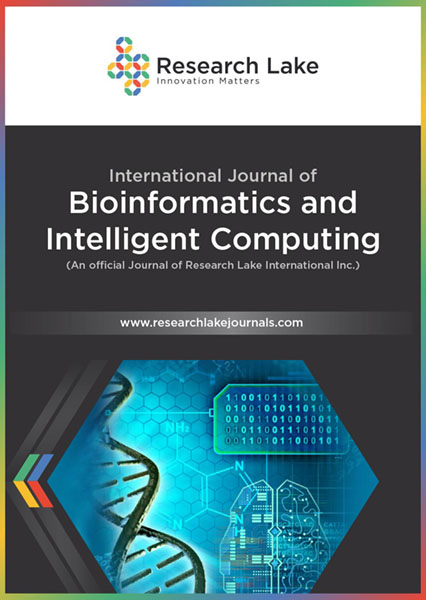Prognostic Analysis of Machine Learning Techniques for Breast Cancer Detection
Abstract
Later lung cancer, breast cancer is the casual nosy cancer and it is the second dominant root of cancer demise in women. Cancer is when the mutations that occurs in genes regulate cell growth and mutations multiply and divide the cells in an undisciplined way. There are five stages of breast cancer. In each stage, the size of the tumor varies. Alcohol consumption, body weight, history of breast cancer, age, genetics, hormone treatments, etc. are the reasons for breast cancer. Two categories of breast cancer are Lobular and Ductal. Ultrasound, MRI, Mammogram are the several diagnosis methods. By employing Artificial Neural Network (ANN), K-Nearest Neighbor (KNN), decision tree (DT), Random forest (RFA), Naïve Bayes ī (NB), gradient boosting (GB), Logistic regression (LR) and Support Vector Machine (SVM) breast cancer can be predicted. The model gives best results when the principal features are selected.
Copyright (c) 2022 Gururaj HL, Pavan Kumar SP, Samiha CM, Ram Kumar K

This work is licensed under a Creative Commons Attribution-NonCommercial 4.0 International License.
Copyright © by the authors; licensee Research Lake International Inc., Canada. This open-access article is distributed under the terms of the Creative Commons Attribution Non-Commercial License (CC BY-NC) (http://creative-commons.org/licenses/by-nc/4.0/).




















